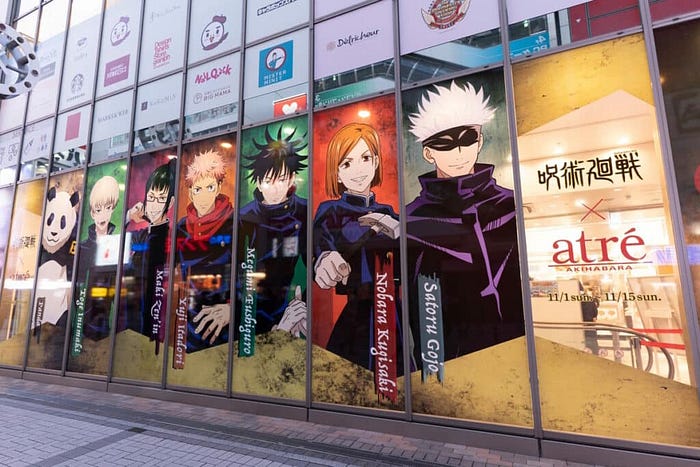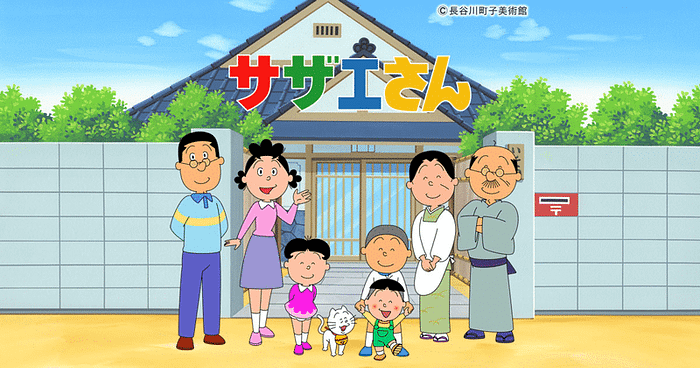
Millions of people worldwide consume anime every day. But how prevalent is it in Japan itself? The answer: not as much as some international fans would like to believe.
Anime: Japan’s geek gateway drug
For millions around the world, anime is their first exposure to Japan, Japanese culture, and the Japanese language. And there’s nothing wrong with that. Anime acts as a powerful “gateway drug” to the Japanese language and culture. People learn Japanese, make Japanese friends, and even move to the country because they’re current or former anime fans.
I’m no exception. I discovered anime in the 1980s when I happened upon Robotech. After I learned the show was a wild fusion of three original Japanese anime, I went down the rabbit hole to see what else was out there.
Sadly, at that time, there was little available in translation. I made do with VHS tapes off of satellite of shows like Dirty Pair and Gatchaman that I bought off of people I found in the back of the Comics Buyer’s Guide.
Over the years, my hardcore anime watching waned. As I learned more Japanese, I became more interested in news from Japan and in other aspects of Japanese culture. But I’ll still watch the occasional series if it catches my interest.
Anime outside of Japan has come a long way from when I was ordering VHS tapes by post. The global Japanese animation market exploded in the past decade, from 0.24 trillion yen in 2012 to 1.31 trillion yen in 2021. Some analysts say they expect the global market to grow by almost 10% year over year between now and 2030.
In other words, more and more people are taking the same journey I did as a kid — which is nothing short of awesome.
Who watches anime in Japan?
However, this popularity can breed misconceptions. Particularly, some anime fans outside of Japan think anime watching is a near-universal phenomenon within the country.
So how many people actually watch anime in Japan? The answer is: quite a few. But not everyone. And it’s important to know exactly who’s watching.
There are some English-language Web sites — quite a few, actually — claiming that something like 70 to 75% of Japan’s population watches anime. They claim similar viewership for the US. However, after combing through these sites, I couldn’t find a source for these striking claims.
I did, however, find several Japanese marketing firms that collect this data for the domestic Japanese market. These numbers are a lot more modest.
Famitsu Intelligent Strategic Marketing is one company that produces statistics about Japan’s domestic anime market. Their 2017 report put the total domestic viewing audience at around 31 million people — which was, at the time, about 32% of Japan’s population.
Kadokawa Game Linkage found similar results in 2020. They estimated an audience of around 35 million, or 37%.

That’s not bad. However, that also means a majority of the Japanese population — over 60% — doesn’t consume anime at all.
And the audience that watches anime is primarily young. In f-ism’s report, they found the largest audience was 5–9 year olds, with around 65% in this age range watching anime. The next largest age range was 10–19 year olds at around 44%. Viewing numbers steadily drop after that, with only 40% of young adults saying they watch anime. People 60+ were the smallest market segment at under 20%.
Sazae-san > One Piece
Of course, a key question is: what are people watching?
When people in the west say “anime”, they typically mean shows like One Piece or Naruto. But Japanese animation is highly diverse. The longest-running — and most popular — shows reflect this diversity.

In f-ism’s report, the most popular anime that are watched in time-shifted format (video on demand) are the usual suspects like One Piece and Dragonball Z. But look at the list of anime watched in real time. Sazae-san — a slice of life show about a typical Japanese family — leads the pack, followed by Chibi Maruko-chan and the long-running detective series Meitantei Conan (Case Closed).

To call Sazae-san “popular” is an understatement. The long-running show has been on the air now for half a century. It holds the Guinness Record for the world’s longest-running animated series. The show is such a ritual that there’s a phrase — Sazae Syndrome (サザエ症候群; sazae shoukougun) — that refers to the malaise induced by watching Sazae-san on Sunday night knowing you have to return to work or school the next day.
f-ism’s numbers are borne out by Video Research’s weekly round-up of the most popular programs watched in real time. Sazae-san tops the list, followed once again by Chibi Maruko-chan, Meitantei Conan, and Pretty Cure. The first shonen anime, My Hero Academia, barely squeaks in at number 6.
Sazae Slayer
Some caveats to these numbers. First, these are broadcast numbers. More and more, younger viewers in Japan are shifting away from broadcast TV and towards video on demand services such as Amazon, Hulu, Netflix, and Ameba TV.
VOD services tend to be cagey about their viewership numbers and ratings. However, we can surmise that, since their viewership runs young, they’d slant away more from shows like Sazae-san and more to what international audiences think of when they think of “anime”.
Also note that there’s one exception to the iron reign of Sazae-san: Kimetsu no Yaiba (Demon Slayer).
We’ve written before about the runaway success of Demon Slayer — most notably the film, Mugen Train, which shattered domestic box office records. It’s done just as well on TV too: the February 6th, 2022 episode was the most-watched animated show on TV that year. (The other shows were exactly what you’d expect to see: Sazae-san followed by Conan and Chibi Maruko-chan.)
Demon Slayer is one of those intergenerational phenomenon like Evangelion that seems to hit Japanese anime every 10 years or so. In other words, it’s the exception that proves the rule.
It’s great if your love of anime leads you to visit Japan — or even move here. Just don’t assume once you get here that everyone you meet will be up on the season’s hottest anime. Because odds are, if they’re over age 20, many of them won’t have any idea what you’re talking about.








